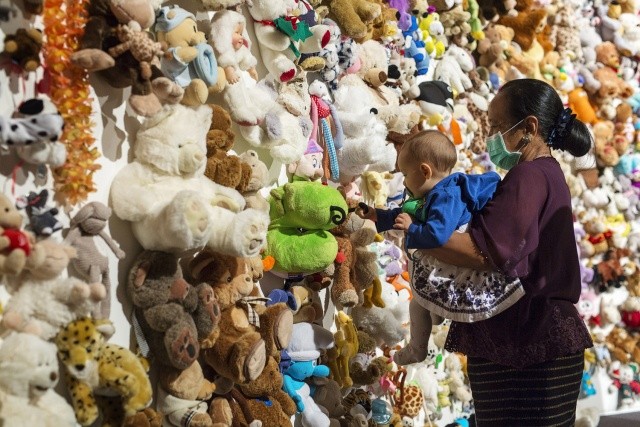Popular Reads
Top Results
Can't find what you're looking for?
View all search resultsPopular Reads
Top Results
Can't find what you're looking for?
View all search resultsFinding culprits behind MH17 tragedy still a huge task
Change text size
Gift Premium Articles
to Anyone
T
wo years after the downing of Flight MH17, one of the first international monitors to gain access to the crash site says the investigation team still has huge challenges in bringing justice for the victims.
Michael Bociurkiw, a former spokesman for the Organisation for Security and Co-operation in Europe (OSCE) remembered the surreal moment of seeing a smouldering tail fin with the Malaysia Airlines’ logo on it, resting in the middle of a quiet field in Donestk, Ukraine.
Bociurkiw was here this week, hoping to attend memorial services for the anniversary of MH17 and meet the local next of kin, but no events were organized.
He and a team of 25 monitors were the first to arrive at the site, some 24 hours after it was first shot down by a BUK missile on July 17, 2014.
“It was sitting peacefully, quietly in the field. I couldn’t believe it. Because not only am I of Ukrainian origin but I’ve lived and worked in Malaysia as a journalist and I have covered Malaysia Airlines. It was surreal,” he told The Star.
As experts from around the world poured into eastern Ukraine, the OSCE faced a daunting task of negotiating with the rebels who controlled the area to grant them access to the site.
Bociurkiw described his first few days as “dangerous” as he dealt with “rude and nervous” heavily-armed rebels, who were disorganized and were shunning access into the 70sq km-radius crash site.
“I think the enormity of what happened dawned on them. When we arrived, we asked who was in control and they really couldn’t produce anybody. So it was a chaotic thing.
“They didn’t know if they should move or touch the bodies – there wasn’t a clear train of command in place,” said Bociurkiw, adding that investigators still face these problems today as they attempt to identify the perpetrators of MH17’s downing.
Due to the iron grip the rebels have over the region, which is still seeing escalating violence, he believes those in control of the area are making it very hard for international investigators to access evidence or eyewitnesses.
Another problem, said Bociurkiw, was that the rebels who were in control of the region when MH17 was shot down had seemingly vanished with no records on whether they have been killed or had simply moved away.
“We know it was a BUK missile that brought down that aircraft. The challenge now of course is to determine who actually gave the order. Who actually pulled the trigger. But because of the lack of access it may be difficult to determine that.
“For example, I know the investigation team has been looking at cellphone towers in the area and trying to triangulate whether a call may have been made at the time, but the rebels in the area neighboring the crash site, what I have seen, have not been cooperative in terms of access.
“My hope is that those questions are answered and the perpetrators are brought to justice for the sake of the families. MH17 remains to this day one of the biggest unsolved crimes in history,” he said.







